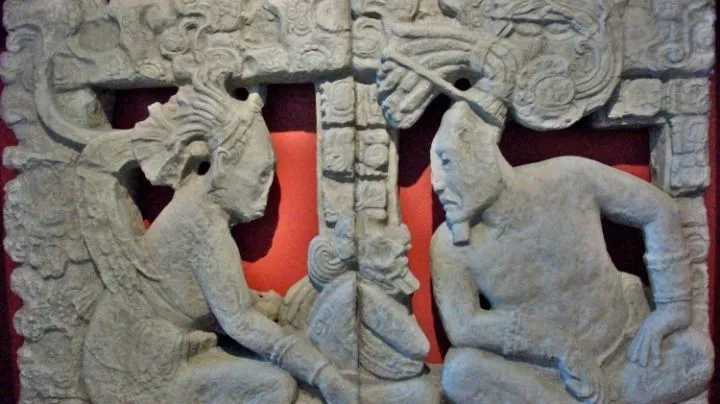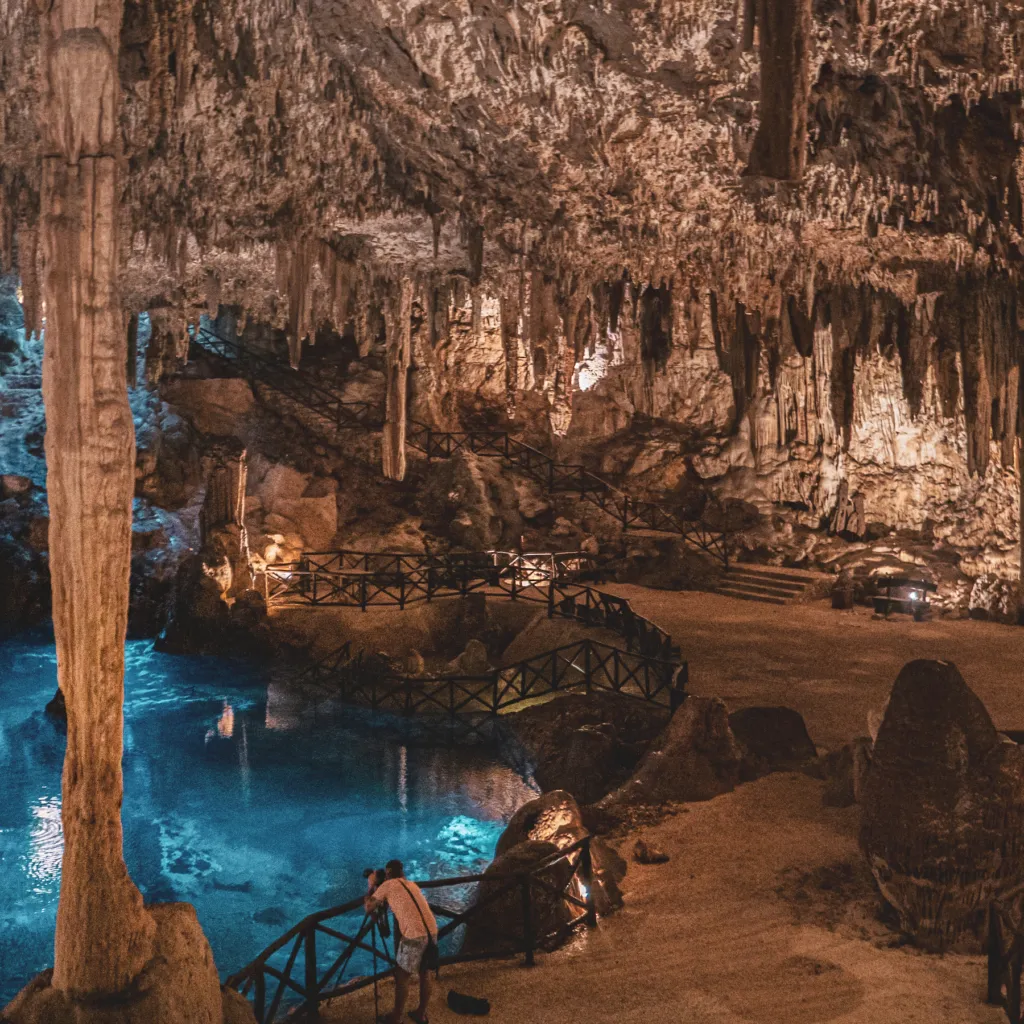In the Mayan pantheon, the goddess Ixchel emerges as an enigmatic and powerful figure, revered as the protector of the moon, water, fertility, and weaving. Her influence extended to multiple aspects of Mayan daily life, from agriculture and medicine to love and motherhood. Delve into the mystery of this ancient deity and discover her importance in the Mayan worldview, especially in the context of the sacred Cenote Zazil Tunich.

Ixchel was depicted as an old woman with jaguar claws and a snake on her head, symbolizing her power and connection to the natural world. She was also known as the “Lady of the Rainbow,” as it was believed that this meteorological phenomenon was her manifestation on earth.
As goddess of the moon, Ixchel ruled the cycles of life and death, fertility and menstruation. She was invoked by women to ask for protection during pregnancy and childbirth, and was credited with the power to cure illnesses and relieve pain.
Ixchel was also considered the goddess of weaving, and was credited with inventing the backstrap loom. Mayan women wove their huipiles and other garments with designs depicting the goddess and her symbols, such as the moon, water, and the rabbit.
Weaving was a sacred activity for the Mayans, and women weavers were believed to have a special connection with Ixchel, who granted them their skill and creativity.
The Zazil Tunich Cenote, with its crystal-clear waters and ancient rock formations, was a sacred place where the Mayans performed rituals and made offerings to Ixchel. It was believed that the cenote's water had healing and purifying properties, and that bathing in it could bring fertility and good fortune.
The moon, symbol of Ixchel, also played an important role in the Mayan worldview. The Mayans observed the lunar cycles to determine the propitious moments for planting, harvesting and other important events in their lives...
.
The goddess Ixchel is still revered by many Mayan communities today. Her teachings about the importance of nature, fertility, and the balance between life and death remain relevant in the modern world.
Visiting Cenote Zazil Tunich is an opportunity to connect with the ancestral energy of Ixchel and learn about its role in the Mayan worldview. Through guided tours and special ceremonies, you will be able to immerse yourself in the history and spirituality of this ancient culture, and discover the importance of the goddess Ixchel in the life of the Mayans.

$ 32,000
/ por persona

From: $ 25,000
/ por persona

$ 22,000
/ por persona

$ 19,000
/ por persona

$ 14,000
/ por persona

From: $ 1,799
/ por persona

Share:
Today I want to take you to a magical world full of mystery, where legends come to life and ancient tales...

Share:
Hanal Pixán, which in Mayan means ‘food of the souls’, is one of the most emblematic and profound festivities of...

Share:
The Mayan culture, rich in symbolism and tradition, has bequeathed to the world a series of ancestral practices and knowledge that...

